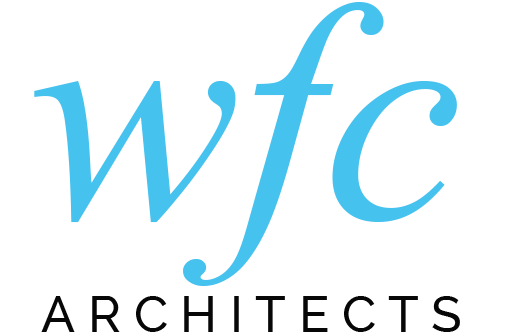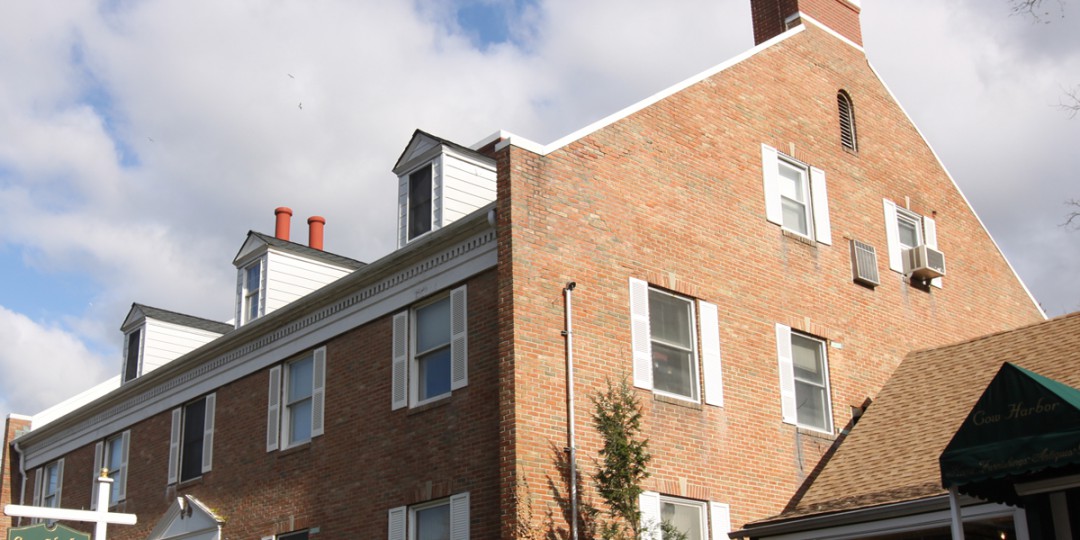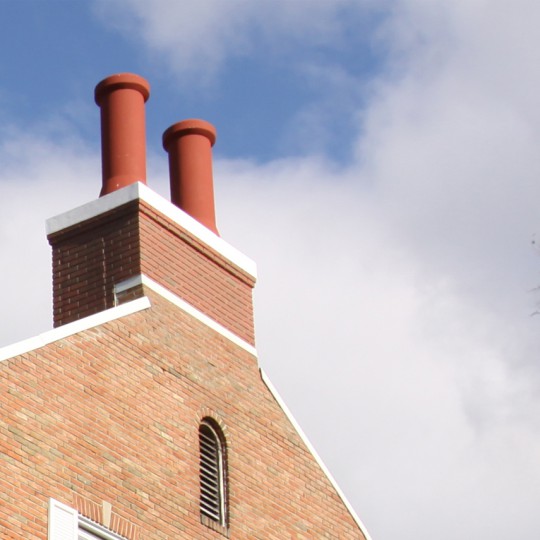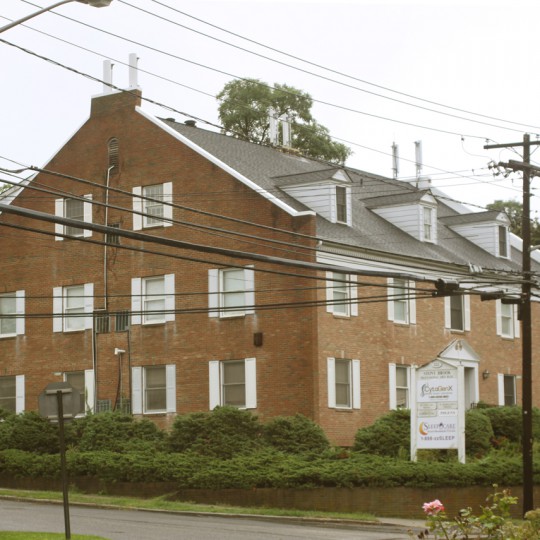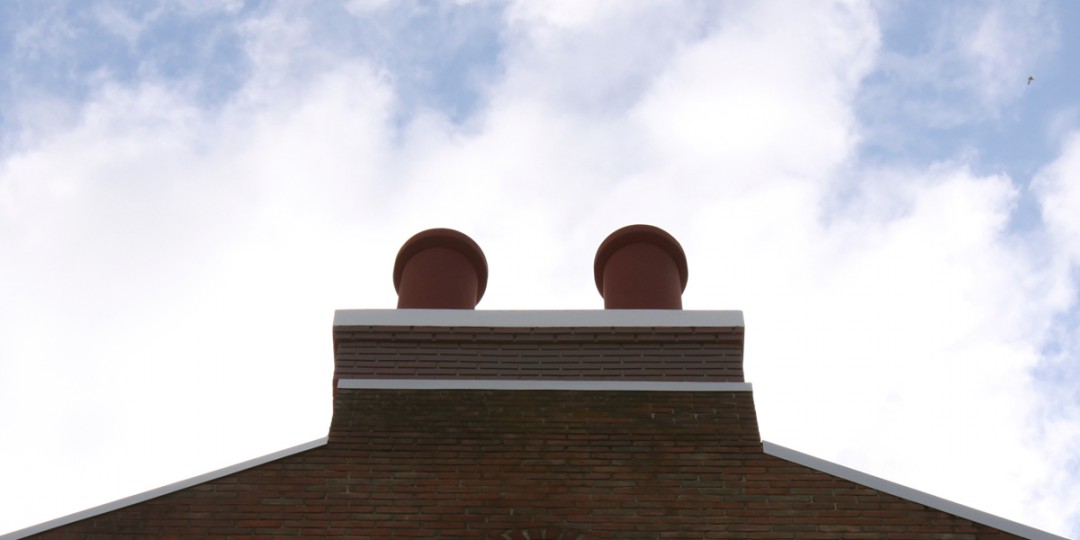Stony Brook Professional Building Wireless Installation
Wireless Communications Integration
- Category
- 08.Communications Technology
- Location
- Stony Brook, NY
- Size
- xxx
- Program
- Design and implementation of concealed mobile communications facilities.
- Client
- T-Mobile
- Status
- Complete
SOLUTION
The Stony Brook Professional building is located on the North Shore of Long of Island within a designated historic district that is surrounded by significant architectural buildings including the Stony Brook Museum and Carriage House. The original site location selected by the client was situated directly across the road and presented a less than sensitive approach. At the initial meeting, the original site was quickly deemed inappropriate for this historic area. A more creative approach was presented by WFC at the subject property that would resolve the aesthetic concerns and improve the client’s coverage in this rather difficult area.
The project scope of work included the design of two pairs of decorative chimney pots that would flank the north and south ends of the existing building’s rooftop and the creation of false chimney structures, made of RF friendly materials emulating the existing brick veneer, to enclose the proposed cellular antennas that would be mounted within. WFC played a key role in meetings and discussions with the Historic District Advisory Committee (HDAC), helping T-Mobile gain the required approvals to proceed with its installation. This installation would prove to be the first of its kind in this area and has since opened the door to other wireless opportunities in similar historic districts.
The installation included equipment cabinets within the building’s basement placed on the existing slab. The coaxial antenna cables were routed from the basement to the existing stair and concealed within the existing walls to create a minimal effect within the buildings corridors and pedestrian path of travel. Once the coaxial was routed within the attic space it was routed to the antenna chimney pots and existing chimney to complete the antenna cabling system.
WFC’s role included the surveying and documentation of the existing building and surrounding area to prepare design schematics and photo-simulations that would be presented to the HDAC for approval. This kind of “outside the box” approach demonstrates how good design can help smooth the often tumultuous regulatory approval process.
